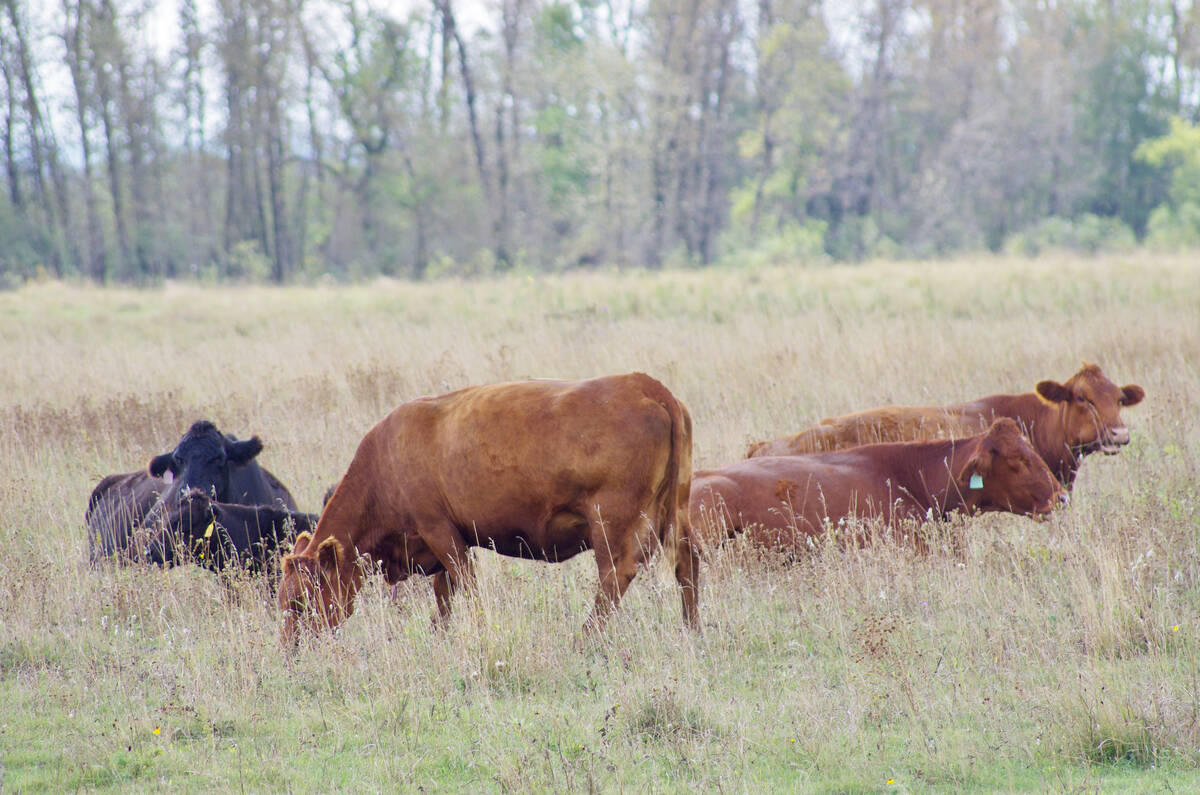Chicago | Reuters – Live cattle futures dropped to their lowest prices in more than a week on Tuesday and feeder cattle futures fell to seven-week lows on worries about increasing U.S. supplies, analysts said.
Feedlots were offering to sell some 5,000 more cattle than a week ago, said Rich Nelson, chief strategist for Illinois-based broker Allendale. These were animals that feedlot operators have fattened up for sale to beef packers such as Tyson Foods Inc .
The increase signals that more cattle were available for slaughter, which could boost beef supplies at a time when frozen meat inventories are already large.
Read Also

U.S. livestock: Chicago cattle futures climb on post-Thanksgiving trade
Chicago | Reuters – Chicago Mercantile Exchange’s live and feeder cattle futures ticked up on Friday in a day of…
“This one stops what had been a trend of five weeks of declines of show lists,” Nelson said of the cattle offerings.
Front-month CME October live cattle settled down 0.400 cent at 113.900 cents per pound. Most-active December cattle lost 0.450 cent to 116.800 cents and touched its lowest price since Oct. 18.
November feeder cattle slid 1.725 cents to 152.175 cents and reached its lowest price since Sept. 11. January feeders dropped 1.725 cents to 148.100.
Ranchers have expanded their cattle herds over the past year to take advantage of low prices for crops used as feed.
There were 11.4 million cattle and calves being fed for slaughter as of Oct. 1, up 5 percent from a year earlier and the highest ever for that date since records began in 1996, according to the U.S. Department of Agriculture.
In the hog market, traders and analysts said supplies were looking tighter than expected a few months ago.
CME December hogs closed 0.150 cent higher at 59.00 cents per pound. Traders have been buying back positions in December hogs and rolling into deferred months, propping up the front-month contract. February hogs were up 0.050 cent at 66.950.
Still, exports of U.S. pork to China have declined due to the trade war between Washington and Beijing.
WH Group Ltd, which owns U.S.-based Smithfield Foods Inc, said average pork prices in the United States dropped 11.9 percent in the first nine months of the year, due to higher supplies and trade tensions.














